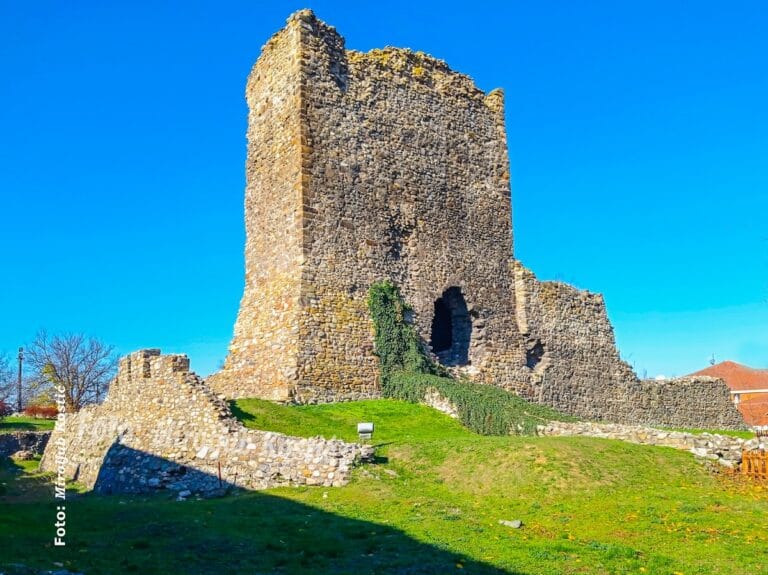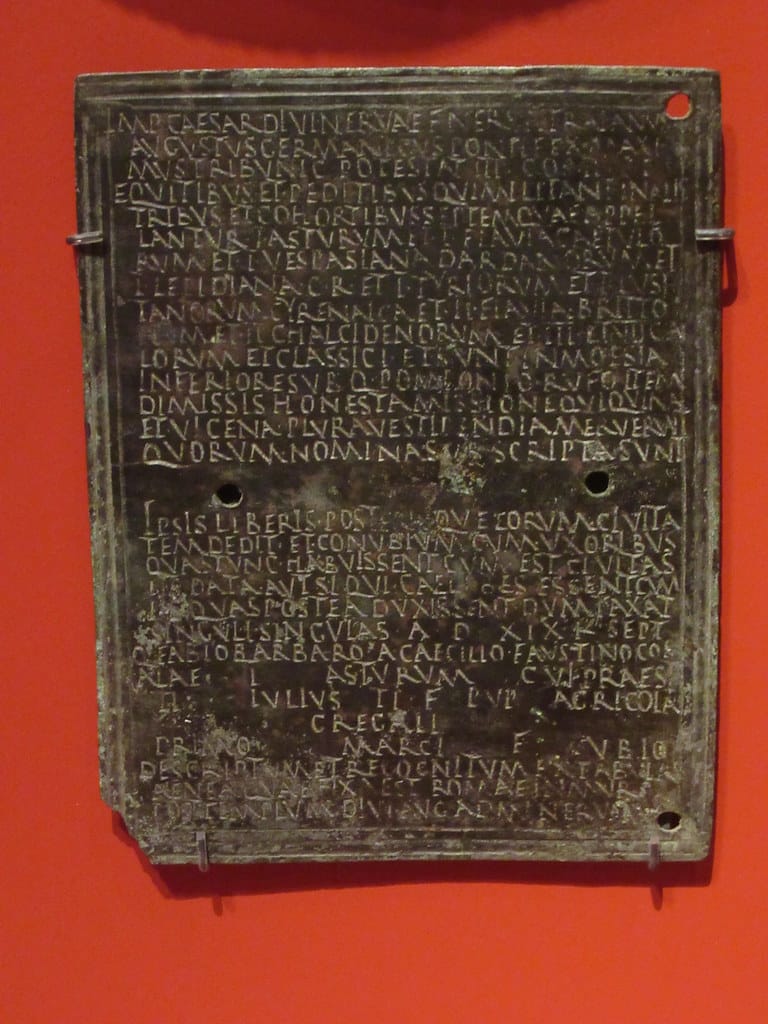Koznik Fortress: A Medieval Serbian Stronghold in Serbia
Visitor Information
Google Rating: 4.7
Popularity: Low
Google Maps: View on Google Maps
Country: Serbia
Civilization: Unclassified
Remains: Military
History
Koznik fortress stands near the municipality of Aleksandrovac in modern-day Serbia. It was built by the medieval Serbian state during the late 14th century, a period marked by the rule of Prince Lazar.
The earliest record of Koznik dates back to a charter issued by Prince Lazar on August 8, 1381, which was written at Koznik and granted to the Lavra of Saint Athanasius on Mount Athos. The fortress likely rose to prominence in the final decades of the 14th century, constructed following the Morava architectural style characteristic of Prince Lazar’s reign from 1371 to 1389. This era was one of cultural and political efforts to strengthen Serbian defenses amid increasing Ottoman pressure.
During the early 15th century, Koznik was closely associated with Radič Postupović, a prominent noble holding the high court title of veliki čelnik under Despot Stefan Lazarević, who ruled from 1389 to 1427. Stefan Lazarević and his wife Milica were known to have spent time at Koznik, where several official charters were issued between 1381 and 1405, indicating the fortress’s administrative and residential importance within the Despotate of Serbia.
The fortress’s strategic role continued through the mid-15th century. It fell to Ottoman forces in 1439 during the first conquest of the Serbian Despotate. However, control was briefly restored to Despot Đurađ Branković in 1444 following the Treaty of Szeged. Ultimately, Ottoman forces permanently captured Koznik amid their campaign targeting Kruševac around 1454–1455. Even after this final conquest, Koznik retained military significance into the early 1500s, as nearby villages supplied resources such as 30,000 arrows annually to support its garrison.
In 1689, during the Great Turkish War, Serbian insurgents succeeded in destroying the Ottoman garrison at Koznik. Subsequently, Austrian military engineers documented the fortress under the names Schloss Koznica and Cosnicher Schloss, indicating its recognition across empires. Following the Great Serbian Migration later in the 17th century, Koznik was abandoned and fell into decay.
Local tradition links the fortress to the legendary figure Radič Postupović, also known by folk names such as Rade Oblačić or Rajko of Rasina, embedding Koznik in regional folklore. Another tradition associates Despotess Irene Kantakouzene with the site, recalling stories of forced labor imposed on locals before Ottoman conquest. Today, Koznik is protected by the Republic of Serbia as a cultural monument of great importance and hosts annual events honoring Saint Pantaleon on August 9.
Remains
Koznik is situated on a conical hill rising approximately 921 meters above sea level in the Kopaonik mountains, its irregular form shaped by the steep cliffs on three sides and accessible mainly from the western slope. The fortress covers an area roughly 58 meters long and 44 meters wide, adapting carefully to the natural terrain.
The defensive walls are strengthened by eight square towers placed at regular intervals. Notably, three smaller towers line the eastern wall, while the southern and western sides are protected by three larger towers. The two largest towers stand on the northern side: one is the donjon, a central stronghold measuring about 9 meters on each side with walls around 2 meters thick, and the other is the northwestern tower. Their considerable size and positioning suggest they served residential functions within the fortress.
Access points included at least three gates: one located on the northern wall near the northeast tower, a potential second gate on the southern wall close to the southeast tower, and a third entrance passing through the northwestern tower. These entrances indicate a well-thought defensive design that controlled movement into the fortress.
In the southern, lower section of Koznik lies a cistern designed to collect and store rainwater. This cistern, about 5 meters in diameter, connects to four filter wells that ensured clean water supply. During archaeological excavations, clear water was found inside, demonstrating that the system remained functional for many centuries. This rainwater harvesting reflects an advanced understanding of resource management in a fortified mountain setting.
Excavations carried out primarily between 1970 and 1973, with additional work extending into 1980, uncovered two building foundations near the western and eastern walls within the northern part of the fortress. Alongside these remains, fragments of decorative stone carving in the Morava style were discovered. These elements hint at the presence of a court church similar in style to Lazarica in Kruševac, a significant religious building from the time of Prince Lazar.
The red-colored mortar found on the battlements of one tower further confirms the fortress’s connection to the late 14th-century Morava architectural tradition. Below the fortress on the southern side, remains of a fortified suburb or podgrađe can be seen, marking the presence of a settlement that supported the stronghold.
Today, the fortress stands partially preserved. Conservation efforts have cleared overgrowth and stabilized several walls and towers, including iron reinforcement of the donjon tower. Although some structures are covered by vegetation, enough remains to reveal the considerable medieval craftsmanship and strategic planning embodied by Koznik.







